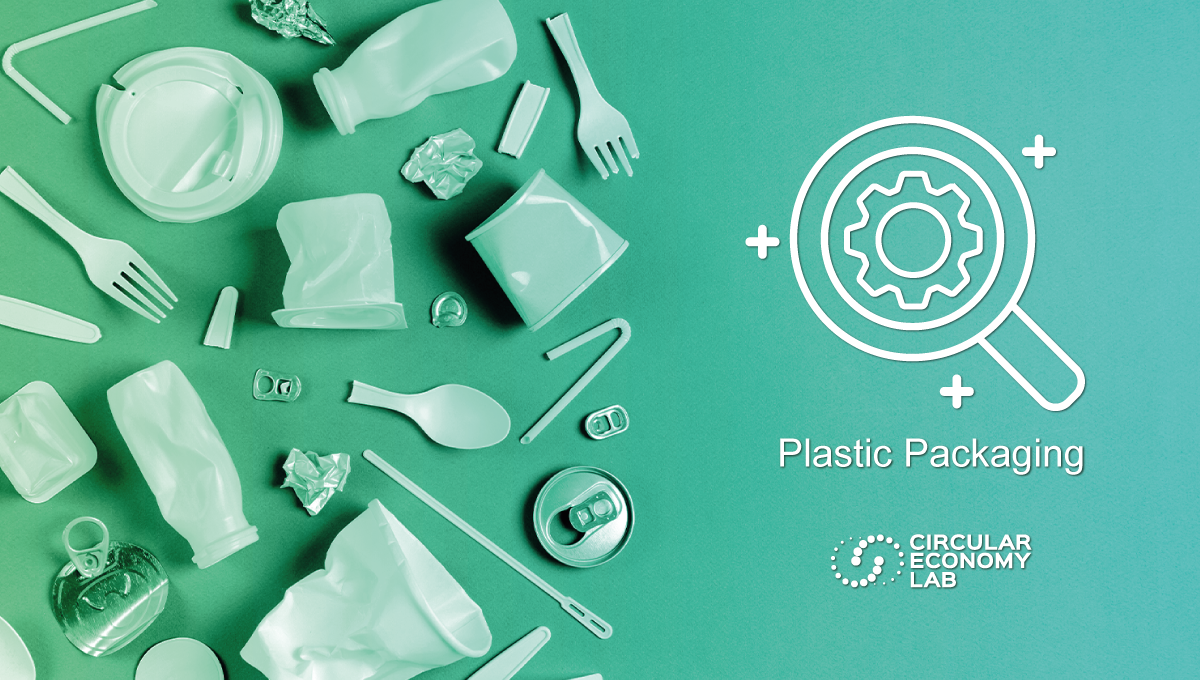
Circular Perspectives for the Plastic Packaging Industry
The plastic packaging sector is based on a mainly linear model that generates negative repercussions on the environment and society, as well as dispersing precious material that could still be valorised. The challenges of achieving the circularity of the system require an integrated approach along the supply chain. The collective packaging system operates in this direction, which facilitates the management and enhancement of the materials used in packaging, through the management and support of collection, sorting and recycling activities.
There are further perspectives for companies along the supply chain (importers, producers, processors and users of plastic materials) to facilitate end-of-life management, improve the circularity of products and ensure their competitiveness for the future. Based on the type of raw material adopted and the final applications implemented, three main strategic actions can be outlined
- Innovation of materials
- New business models
- New product design
The innovation of materials is necessary for the types of products that otherwise would not be easily reusable or recyclable. This category includes small formats (caps, bags, tabs, ...) with dimensions of less than 40-70mm, multi-material products, products with less common plastic materials (such as PVC, EPS, PS), naturally organic substances contaminated products (such as coffee capsules, take-away packaging, organic bags). To achieve these objectives, companies can carry out Open Innovation projects to identify ad hoc innovative solutions on the market, activating the ecosystem of startups, innovative SMEs, research centers and universities, from the Circular Economy Lab network.
The new business models (eg. re-use) are suitable for 20% by weight of the total plastic packaging market. This category includes applications such as: bottles and containers for cosmetic or home care products, shopping bags, bottles, wraps for pallets, large rigid packaging. For the market launch of these models, companies can rely on the Project Building initiatives of the Circular Economy Lab, which aim to accelerate the definition of the business model and the market test of a pilot project.
The new product design is necessary to improve the technical and economic feasibility of post-consumer, collection, sorting and recycling systems, and involves approximately 50% by weight of the total packaging market. This category includes all the applications for which it is possible to adopt the following measures in the design phase: choice of the most popular polymers for which large-scale post-consumer management systems are validated, reduction and choice of additives and pigments which have no negative consequences on the separation and recycling phases and on the quality of regenerated materials, and product redesign (product shape, caps, labels, glues, moldings, closures, valves, ...). To achieve these objectives, companies can carry out Circular Design projects to co-develop innovative products through the engagement of stakeholders throughout the supply chain and experts from the Circular Economy Lab.
Sources “Ellen MacArthur Foundation, The new plastic economy – Catalysing Action”